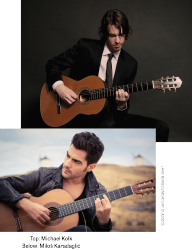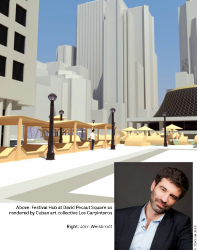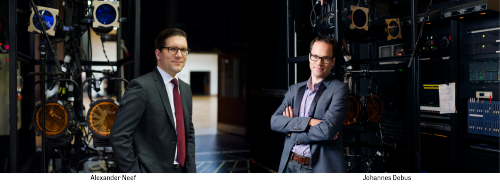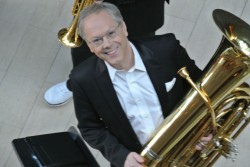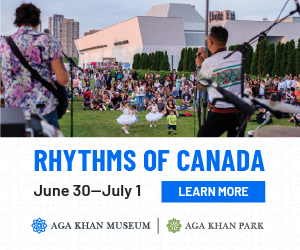Through the GLIMMERGLASS
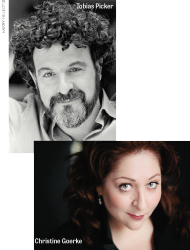 The Glimmerglass Festival evolved from the Glimmerglass Opera, founded in 1975 and is now the second-largest summer opera festival in the United States. Every summer the rotating repertory company mounts performances of four productions selected from grand opera, the Broadway stage and new and lesser-known compositions. In the true sense of a festival, there are special events including interesting and informative talks by composers and artists and guest speakers. There are nearby galleries and museums. The operas are presented in the Alice Busch Opera Theatre about 13 kms north of Cooperstown. For anyone not familiar with “Glimmerglass” it is the name used by author James Fenimore Cooper, referring to Otsego Lake on which the Glimmerglass State Park is situated.
The Glimmerglass Festival evolved from the Glimmerglass Opera, founded in 1975 and is now the second-largest summer opera festival in the United States. Every summer the rotating repertory company mounts performances of four productions selected from grand opera, the Broadway stage and new and lesser-known compositions. In the true sense of a festival, there are special events including interesting and informative talks by composers and artists and guest speakers. There are nearby galleries and museums. The operas are presented in the Alice Busch Opera Theatre about 13 kms north of Cooperstown. For anyone not familiar with “Glimmerglass” it is the name used by author James Fenimore Cooper, referring to Otsego Lake on which the Glimmerglass State Park is situated.
Francesca Zambello, the distinguished stage director whose work may be seen on several outstanding new releases on Blu-ray discs including Porgy and Bess from San Francisco and Don Giovanni from Covent Garden, has been the Glimmerglass’ artistic and general director since 2011. Her personality and enthusiasm illuminate every aspect of the festival.
The four offerings for 2014 are Madame Butterfly, Carousel, Ariadne auf Naxos and An American Tragedy.


